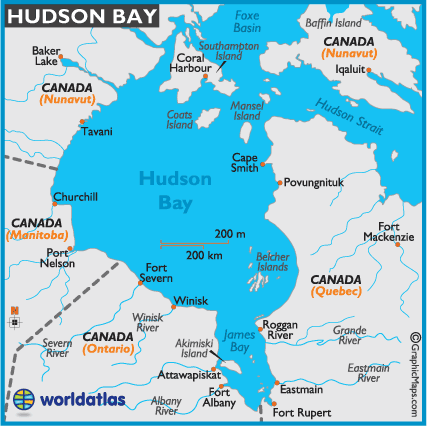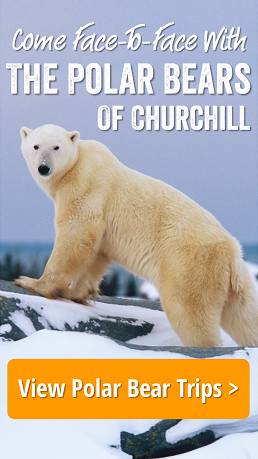by Steve Selden | Jul 8, 2014 | Churchill News
Guiding Churchill Summer trips for 10 plus years in by the Hudson Bay brought a lifetime of memories. The ones I have of the magnificent Arctic Tern are all fleeting …mostly the fleeting or fleeing was done by travelers and guides whenever such persons ventured near enough to a nesting area of these very protective and territorial birds

Arctic tern eggs…beautifully camouflaged for the tundra. Photo Rhonda Reid.
Let’s face it these creatures have a right to be a little impatient when it comes to relaxing for a couple of months in the Arctic and laying eggs and nurturing their young. With a migratory journey of over 40,000 miles yearly from Arctic in the summer to the Antarctic in winter, they need a break. So, if you plan to get close and …well..photograph eggs like the ones above, be prepared for an attack from above and quite possibly a wound of the head from a pointy, sharp red beak. Trust me…I’ve witnessed the assault first hand a few memorable times!

Arctic tern hovering above the nesting site ready to protect eggs. Rhonda Reid photo.
After all that strenuous travel ,which is reflected quite well in the terns’ physique, nothing is going to prevent the bird from protecting its’ nest. A fluttering , darting combination of moves through the air tends to scare most predators away from the nesting area. If these gyrations fail to create hesitancy on the ground by approaching beings, the tern has no fear and converges on the threat with reckless abandon…pecking at the subject until blood is drawn or a retreat is forced.

Arctic tern sitting on its’ nest on the tundra. Rhonda Reid photo.
Once the area has been cleared…and this usually doesn’t take long…the tern returns to the nest to settle on the eggs. An amazing amount of energy is fuel for the terns’ display….one that is efficient and quite effective. My advice is to observe Arctic terns from a distance on the land. An amazing place to observe terns is the water of the Churchill River where they follow the feeding beluga whales and enjoy a bounty of capelin.
by Steve Selden | Aug 2, 2012 | Tour News
This Summer season has provided amazing looks at wildflowers, birds and thousands of beluga whales cruising the Hudson bay and Churchill river. Of course the focus is on these beautiful, majestic mammals and the environment of the Arctic. The calming feeling one gets from being out on the water with the whales is everlasting in the soul. Life becomes fluid and this feeling transcends the woes one has in everyday life. The Arctic life cycle is unlike any other.

Polar bear heading to land from sea ice. Photo Rhonda Reid.
Polar bears in Summer in Churchill can be hit or miss…..this year they have been quite the hit indeed. In all the years I have guided trips in Summer here I remember most the ones where polar bears have been more prevalent. When you don’t have expectations the most unexpected tends to happen. Most of the time you could be within a hundred yards of a bear in Summer and never even know it. Other times you arrive just at the right moment when a sow and cub happened to be crossing a remote road outside of town. Or, on a long hike through tundra, shotgun in hand…a bear appears from the fog. Those moments..however hair -raising they are brand incredible memories into one’s soul. Any bear encounter in the world creates the same feeling.

Polar bear on the rocks last week in Churchill. Photo Rhonda Reid.
When a Summer is brimming with bears the thrills are just around the next rock-outcropping. Bears leave the deteriorating ice flows generally up north and gradually make their way along the coast to Churchill by Fall. Churchill serves as the staging area for bears to once again head onto the floes in late November. Ice forms first around Churchill due to the geography of the land jutting out somewhat into the Hudson Bay and the confluence of many freshwater rivers, including the Churchill, in the Southwestern corner of the bay. This freshwater freezes at a faster rate then saltwater in the bay so the platform starts to form against the land here. Bears gather along the coast and test the ice as it solidifies. The cycle repeats year after year.

For various reasons bears appear in larger numbers randomly. This Summer, bears have been all over the land and water which some proponents of global warming point out as a red flag. Ice melting earlier sends bears to the land. However, it’s also linked to the freeze-up date in November. If the ice is very late forming then an early melt is more dire. Most recent years have averaged out to be consistently the same number of ice days for bears out hunting seals on the ice Historically however, bears have seen their hunting grounds confined to a shorter time-frame over the last century. The time in the historical perspective is miniscule but the evidence of our ozone layer being damaged is there so we must be critical of the conditions. Take a look at the current ice formation in the Hudson Bay.

Polar bear just out of the water on the rocks in Churchill,M. Photo Rhonda Reid.
The bears are in Churchill this Summer and that surely bodes well for an early Fall season of good bear numbers…again, “good” is a relative term here. With travelers attracted by the prospect of seeing bears in the Summer in Churchill, they will hopefully be educated to the adverse affects of greenhouse gasses being emitted into our atmosphere. With that information, people might return home and make better decisions in how they live and pollute. Turning negative circumstances into positive reactions.








